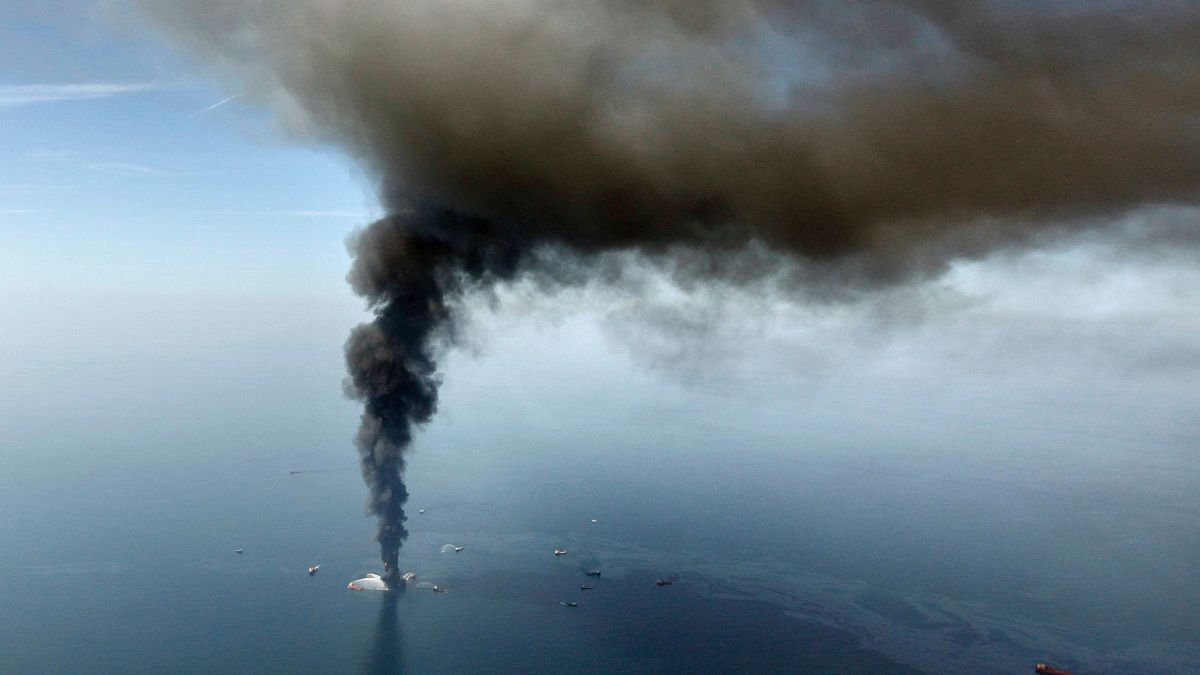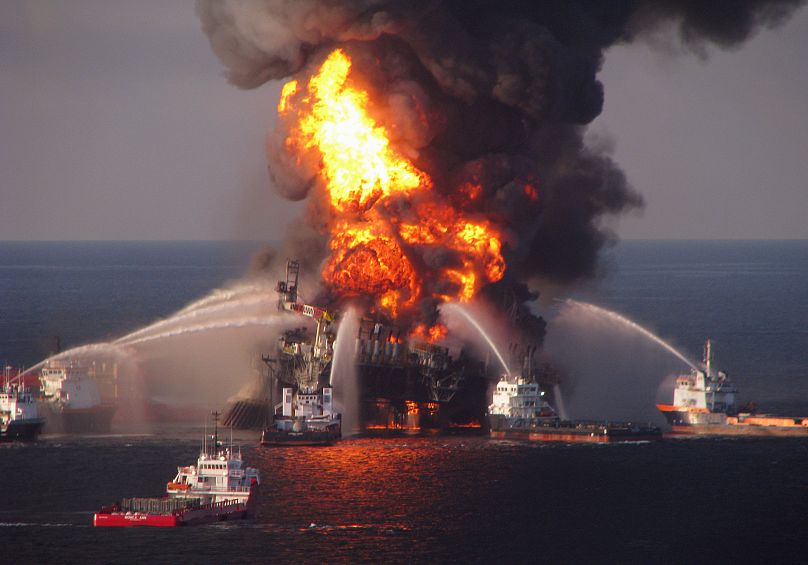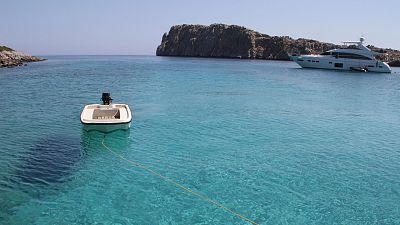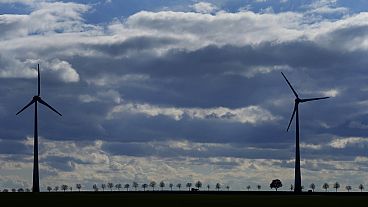Works are underway to restore damage done by the world's biggest marine oil spill in 2010, but rising sea levels are likely to complicate efforts.
A massive ecosystem restoration project has begun in Louisiana, US, 13 years after its coastline was devastated by the BP Deepwater Horizon oil spill.
Nearly $3 billion (over €2.7 billion) in settlement money from BP is being funnelled into southeastern Louisiana’s Plaquemines Parish, where the biggest ever oil spill devastated the Gulf Coast and killed hundreds of thousands of marine animals.
The flat, sparsely populated land divided by the Mississippi River delta is marbled by bayous and bays. Farms, fishing camps and shrimp boats share the region with oil rig supply vessels and industrial storage. And it's about to host a vast undertaking meant to mimic Mother Nature: Enormous gates will soon be incorporated into a flood protection levee.
A 'first-of-its-kind project'
The aim is to divert some of the river's sediment-laden water into a new channel and guide it into the Barataria Basin southeast of New Orleans.
If it works, the sediment will settle out in the basin and gradually restore land that has been steadily disappearing for decades. State coastal officials call it a first-of-its-kind project they are certain will work, even as climate change-induced rising sea levels threaten the disappearing coast.
Governor John Bel Edwards called it the largest such ecosystem restoration project in the state's history. "Quite frankly I’m not aware of one on this scale any where in the country and there are few in the world that can match the size of this project,” he said at Thursday's groundbreaking.
Bren Haase, chair of Louisiana's Coastal Protection and Restoration Authority, estimates the project will build anywhere from 52 square kilometres to 104 square kilometres over the next 30 to 50 years.
Subsistence and rising sea levels make net loss of land likely
The US Army Corps of Engineers, which permitted the project last year, projected creating as much as 54 square kilometres by 2070. Subsidence – the natural sinking of land - and sea level rise will diminish the returns, so much so that a net loss of land remains likely. But that can be seen as a factor increasing the importance of the effort.
“As land loss accelerates due to sea-level rise and subsidence, more of the remaining wetland area would be attributed to diversion operations,” the statement’s executive summary said.
Coastal experts say south Louisiana was built by sediment deposited as the powerful river continuously altered its own crooked, meandering course over thousands of years.
Human efforts to constrain the river with flood protection levees and huge flow-control structures safeguarded cities and communities that developed along the banks as the river became a medium of navigation and commerce. But the development also stopped the millennia-old process of building land naturally.
That is a major reason Louisiana's marshy coastal wetlands have given way to growing swaths of open water, posing a myriad of environmental concerns. Those concerns include worry about the erosion of land that serves as a natural hurricane buffer for New Orleans.
“The Mississippi River built Louisiana – and finally reconnecting it with coastal areas that are currently starved of freshwater and sediment will ensure our future,” US Rep Garrett Graves, a Republican, said in a news release. Graves supported the project in Congress and served as a top coastal restoration official under former Governor Bobby Jindal.




